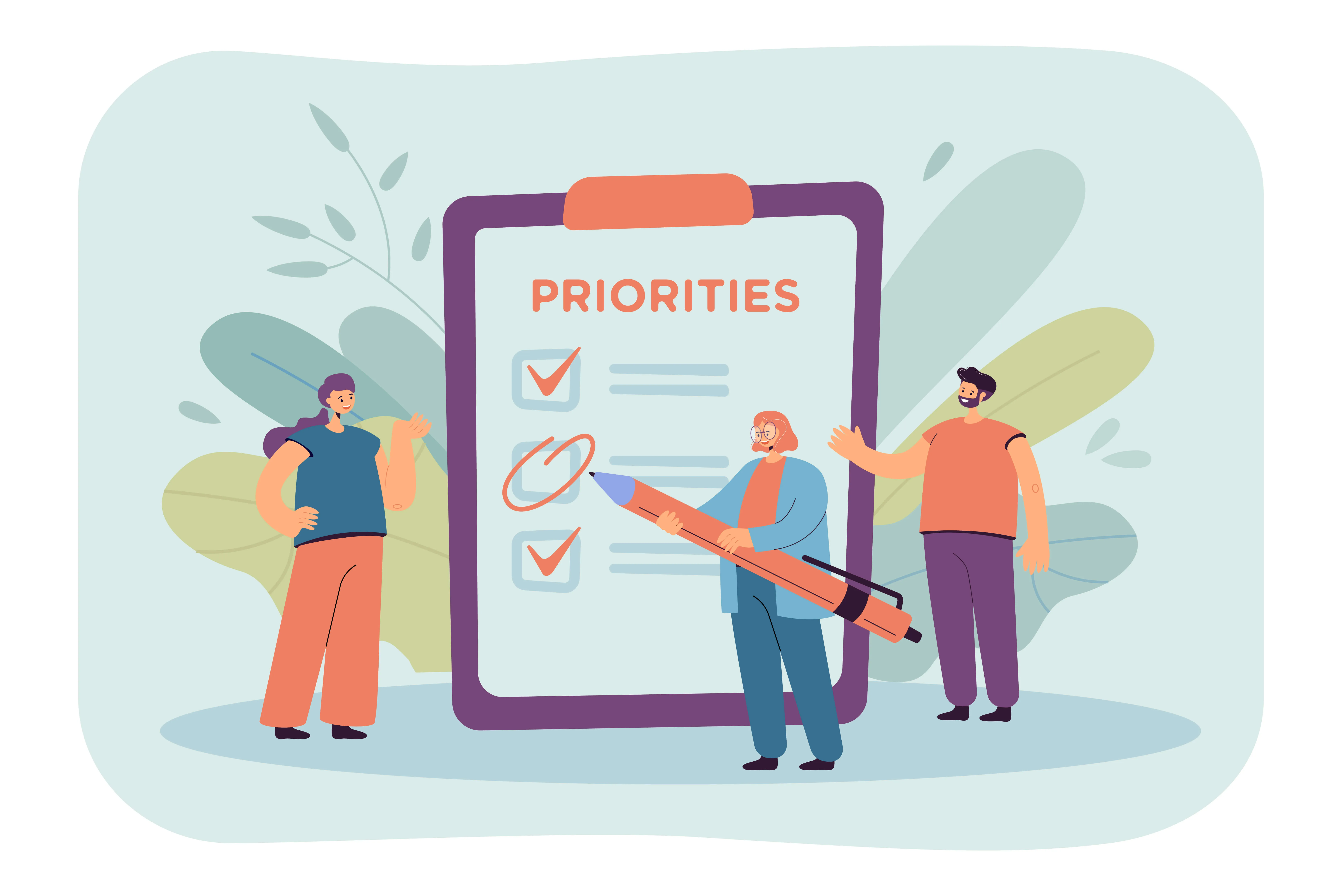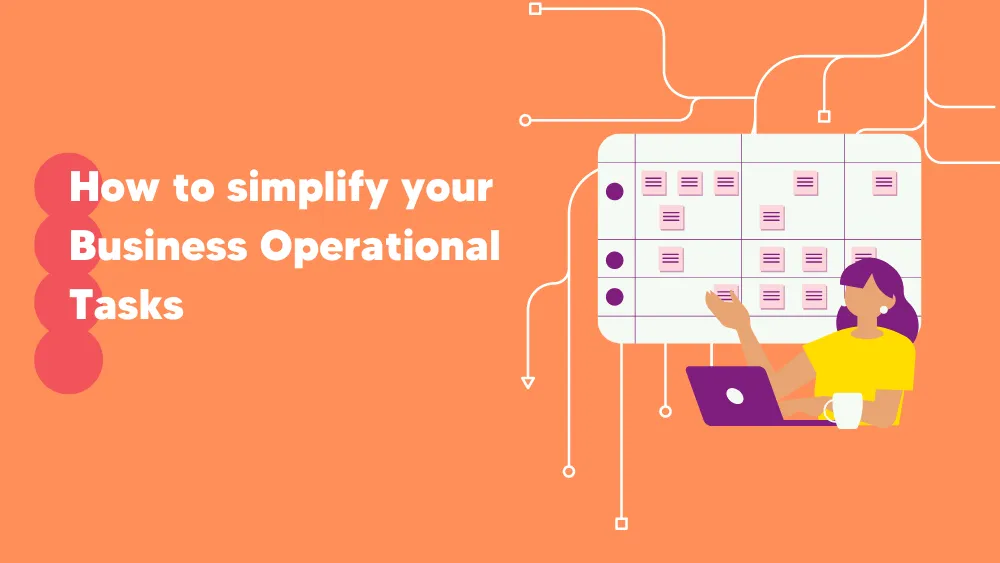Why do we need simple things?
“Simplicity carried to an extreme becomes elegance” (Jon Franklin). This saying is well-defined as the main reason why we need simple things. Since the invention of things, man has tried to simplify the working process, repetitive tasks, and tools as much as possible. As we know, the first computer comprised a whole room, and now our palmtops are the simplest forms of computer.
Simple tasks are easy to perform, easy to understand, and easy to elaborate on. Therefore, less time and fewer sources are required to conduct simple tasks. Industry requires simple tasks; otherwise, people can waste much time and sources on formalities. Thus, a smooth and simple flow of work in any industry is given primary importance to make the task simple to the maximum possible level.
Use of technology to simplify the operational tasks
Technology has become the right hand of human beings. Technology can be used at any level of life, facilitating and soothing humanity. It is necessary to make astute use of technology to simplify business operational tasks where the leaders and managers must do a lot of work.
Simple tools integrate the tasks, ensuring communication maintains the set standards. These tools are used to deliver the orders to the teams, monitor the performance, and remind the deadlines of the tasks. In this way, individual and collective performance is analyzed, and remote work allows executives to handle multiple projects without leaving the core position.
Tools to simplify the tasks
Here we have two innovative and dynamic tools to simplify the tasks. The prudent use of these tools is necessary to keep pace with the modern world.
-
Connecteam
An effective application used to communicate among the team is best known as Connecteam. Team communication and scheduling & assigning of tasks become easy through this task management application. Managers and supervisors of organizations need to use this application to handle projects at different points.
It is a simple option that helps engage with employees and customers simultaneously to make a strong bond. The multipurpose application enables unlimited users to access numerous features such as forms & checklists to monitor the work progress (Via images, videos, and different file formats), time clocks to calculate the employee working hours, and GPS tracking for time stamping.
![]()
The employee directory is an outstanding feature that shows the engagement and availability of the employees at some specific time. Moreover, the employees can be connected through messages or email anytime. If you’re not convinced, we have done the research for you in a full Connecteam review.
A customizable dashboard allows you to customize the dashboard according to your requirement and ease of access.
-
Jobber
Jobber is an application widely used around the world to help people who find it hard to manage their tasks in a short time. This application is the priority of professionals as it makes electronic invoices for online payments, online bookings, payments schedules, and quote management easy and simple.
This tool is the best solution for professionals who must provide services to many people daily, particularly those who charge according to the time spent on task completion.
Plumbing, landscape cleaning, tree care, and HVAC industries should use it to make the best schedule of their time. Cost-effectiveness, ease to use, great payment integration, smooth workflow, and effortless third-party integration are some salient features of this application.
Jobber supports the executives through email automation, real-time scheduling, expense tracking, and field staff management. Time-tracking functionality and work progress are the qualities that make it a perfect solution for busy people.
Tips to simplify the tasks
- Use Technology: The use of technology is the easiest way to simplify the task. An application can perform multiple tasks within seconds that take hours to complete otherwise. For example, the tasks are simplified by accounts, audits, merchandise, HR management, and inventory management applications.
- Minimize the duration of meetings: Meetings with employees are necessary to give instructions, plan and share ideas. But time is also precious and must not be consumed in lengthy meetings. Instead, executives and employees should be prepared for the plan and finish as early as possible to use the time for more productive tasks.
- Set Priorities: Setting priorities for the organizations enables them to eliminate trivial operations that hinder the flow. Easy to understand, ultimate, and clear instructions about the task make it simple. Priorities also help save time which can be used for more productive tasks.

Conclusion
In today’s fast-paced world, the simplicity of operational tasks is highly valued as it enables us to save time and resources. Across various industries, there is a continuous drive to simplify and streamline tasks to enhance efficiency and productivity. Realizing that complications and formalities can impede progress has led to a growing focus on utilizing software solutions to overcome these hurdles.
Technology has emerged as a game-changer in simplifying operational tasks and improving overall workflow management. By leveraging software applications and digital tools, industries can automate repetitive and time-consuming processes, reducing manual errors and freeing up valuable resources. Whether automating data entry, streamlining inventory management, or simplifying project coordination, technology provides pre-designed workflows that make work easier and simpler.
In conclusion, using technology and software solutions has become indispensable in simplifying tasks and managing them effectively across industries. Soft solutions enable businesses to save time, reduce errors, and enhance overall productivity by automating processes, eliminating complexities, and providing standardized workflows. Through integration, synchronization, and data-driven insights, technology empowers industries to streamline operations, make informed decisions, and continually optimize their workflows for improved outcomes.








